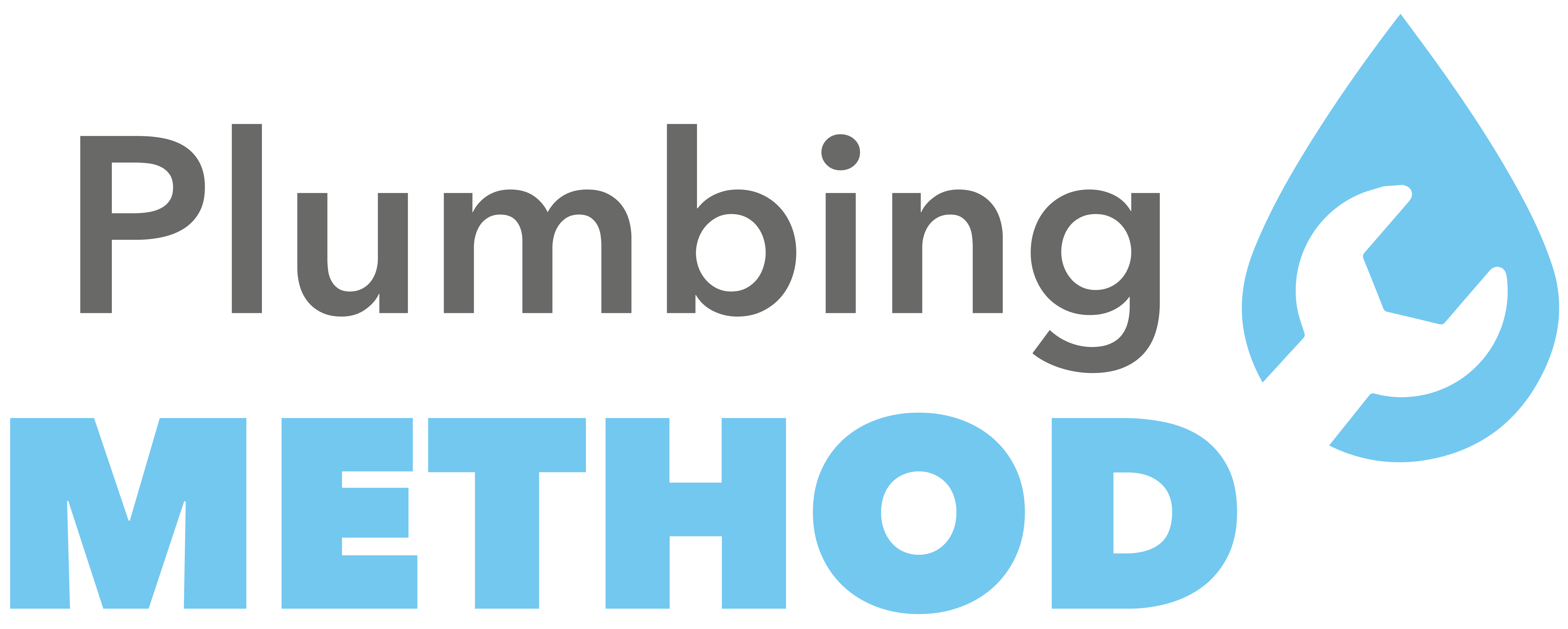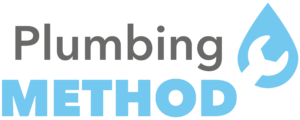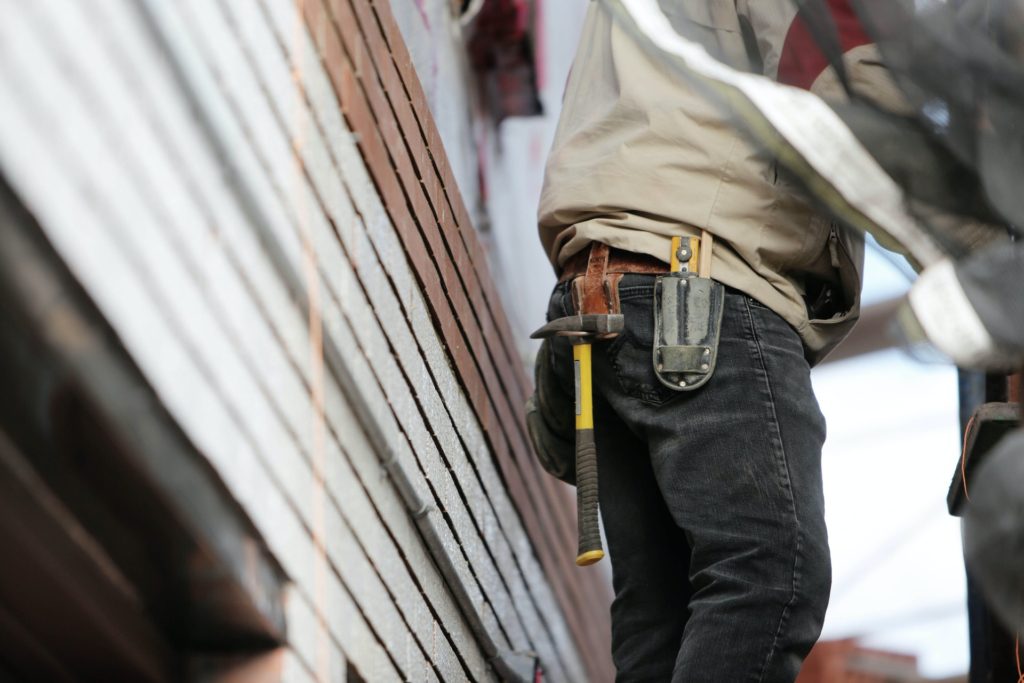
Septic Services
Septic systems refer to the underground wastewater treatment structures that you might have beneath your home. You probably use septic tanks in your home and they work by bringing the wastewater from your home down into a tank. They accumulate here and then the bacteria dissolve and costumes waste, thus separating it into solids and liquids. This makes all the liquid pass onto the drain and prevents any solids from clogging the system. We have several different solutions to any kind of septic system-related problems you might have. Whether it be blockages or even leaks somewhere, we can fix it for you within your budget.
A lot of people aren’t aware that not all properties have a connection to the main sewer. This means instead, they use their own private septic tank or an untreated wastewater treatment plant for domestic sewage with dire consequences on your property. Plumbing Method can help you by offering many services including septic tank cleaning, maintenance, inspection, and repairs as well as other sewage treatment plant services such as certification or install a completely new septic tank or sewer line.
Our knowledgeable and professional team of experts can design your perfect sewage treatment plant or septic system, install it in compliance with the current regulations. Unlike other companies who offer service only when an issue arises (and often times there have been long existing issues), we come out to inspect and ensure that the existing systems are safe for use and up to code.
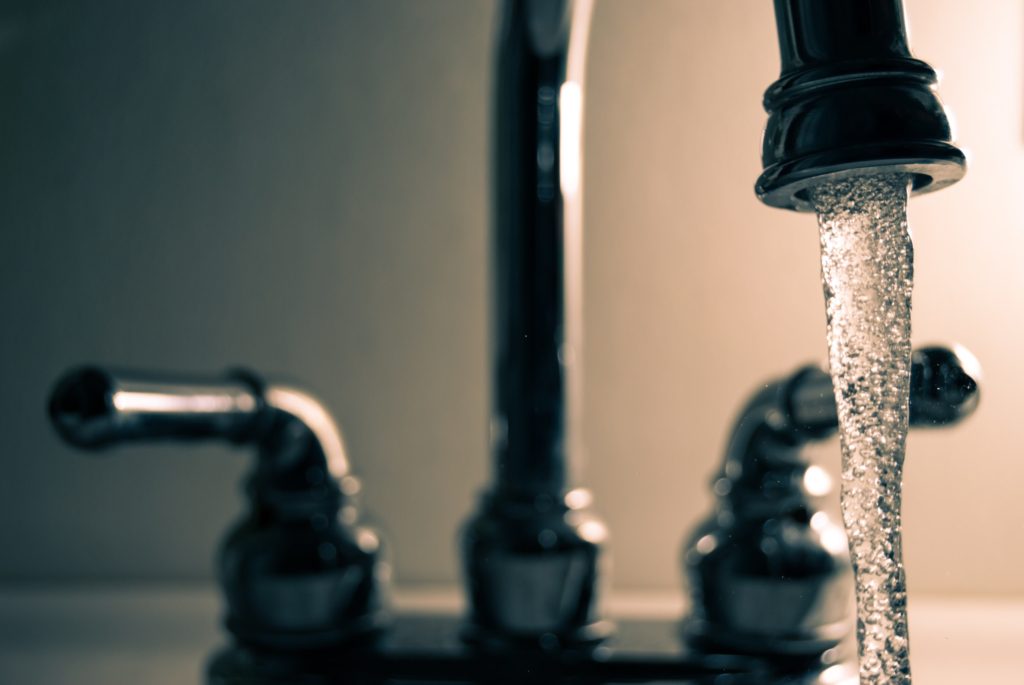
If you notice any of the following symptoms, your sewage treatment plant or septic tank may require repair:
Unusual odors near your property – You may have a serious problem with your sewage system. A bad smell coming from the drains could mean that you need to get in touch with an experienced plumber as soon as possible, so we can check and fix any issues before it gets worse.
A backup of wastewater inside your house – You need to get your drains fixed right away. If you’re experiencing an unpleasant problem with sewer backup, then it’s likely that either the septic tank or sewage system has an issue.
Slow draining sinks, toilets, or tubs – If all of your drains are draining slowly and you can hear gurgling water sounds, it could mean there’s a problem with the pipes connected. Experts like us could take care of this technical problem.
Low water pressure or flow – If you notice that the water in your house doesn’t drain as fast as it usually does, it could be a sign of a serious issue with the wastewater treatment system. That’s why we recommend going to see an experienced plumber at least once a year to make sure there are no potential leaks or damages.
Call our service number (844) 529-7473 to get the most qualified team in the area for handling these issues with speed and efficiency.
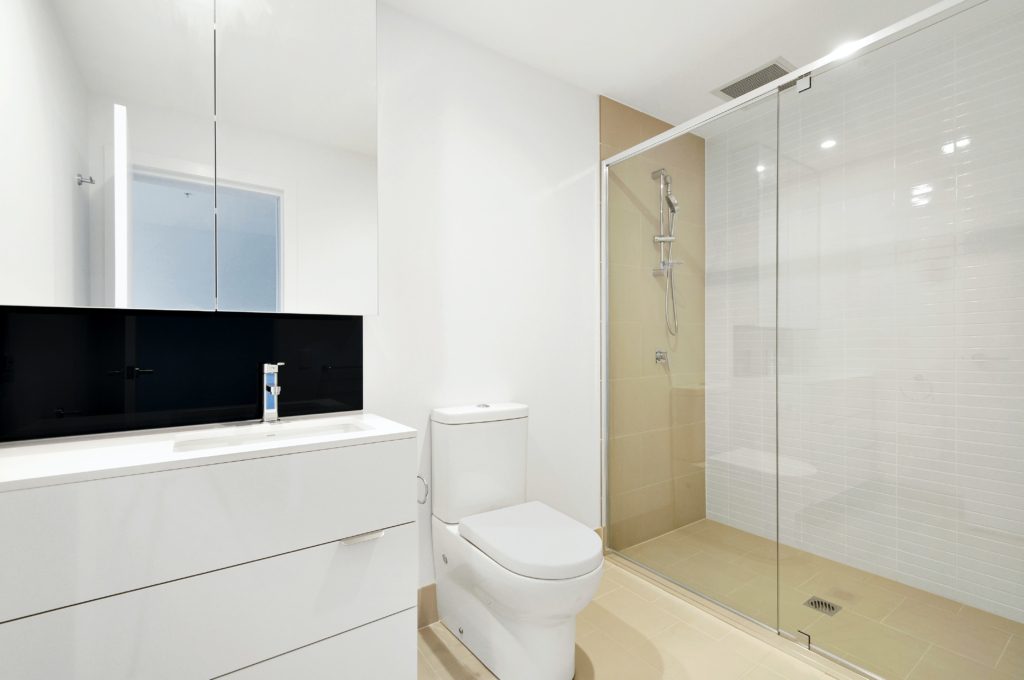
Simply put, drains were designed to drain water – and water isn’t always the only thing going down. Granted, there’s not always much you can do to avoid this. There are certain things you can do proactively to lessen the chance of a clog. Before we explore those options though, let’s take a look at three types of drains and some common reasons why they clog.
Kitchen Sink Drains
Kitchen sinks put up with a lot of abuse. Think about it… they endure grease, food products, paper products, and just about everything in between. It’s not hard to imagine why all of that stuff might lead to a clog every once in a while, especially if your sink drain has a smaller diameter than average drain pipe.
Bathroom Sink Drains
Bathroom sinks don’t have to deal with as many types of debris, but they do have to deal with an entirely different mess: human hair. Human hair has this nasty habit of clinging to everything it comes in contact with, including inside sink drains. Length is almost irrelevant. Long or short, your drain will clog if there’s enough hair.
Bathroom Tub Drains
Bathroom tubs have to deal with a lot of hair as well. They are also susceptible to many different kinds of bar soaps. Believe it or not, a tiny chunk of bar soap can last quite a while in a drain, especially if it starts building up. Between hair and soap, which are akin to brick and mortar, tub drains can clog easily if you aren’t careful.
These are some of the most common reasons your drain might get clogged. Other reasons include accidently dropping a foreign object into the drain (jewelry, contact lens case, cell phone, etc.). In other cases, the clog might be caused by the shape, length, and diameter of the pipes themselves. The more sharp turns and bends there are, and the smaller diameter the pipe is, the likelier you will experience consistent clogging issues.
Stopping and fixing a leaky pipe, while two very different processes, can prevent damage to your home, your time, and your wallet by temporarily or permanently resolving the problem at hand.
Stopping the Leak (The Temporary Solution)
Upon discovering a leak, stopping the leak should be your first priority whether the plumbing project necessary to fix it is big or small. Stopping a leak with the following steps prevents further water damage, the waste of more money, and makes replacing the pipe in the future a much simpler process.
Fixing the Leak (The Permanent Solution)
While stopping a leak with the steps above is a great temporary fix for small leaks, time sensitive projects, and inexperienced individuals, it does not guarantee a permanent fix to your water leakage problem. This is due to the fact that usually when one leak is fixed, other leaks will spring up in other places because the whole section of pipe needs replaced due to corrosion. Because of this, we first recommend that you immediately contact a professional plumber after temporarily stopping a leak.
One of the most common–and most upsetting–plumbing problems you can have in your home is when something goes wrong with your toilet. Whether that’s your toilet overflowing, running continually or leaks around the seal at the base of your fixture, toilet repairs are not something that you can postpone.
Common toilet repair issues
- Toilet continues to run. When your toilet continues to run, it’s likely that your float, refill tube and/or ballcock need to be replaced.
- There is water pooling around the base of your toilet. Water collecting on the floor at the base of your toilet usually means that the seal is wearing out and needs to be replaced.
- Phantom flushes. Phantom flushes, when the toilet flushes seemingly by itself at random intervals, is usually a sign that there’s a slow leak between the tank and the toilet bowl.
- The water is slow to fill the bowl. A toilet bowl that is slow to refill is a sign that there is debris clogging the plumbing leading to the toilet bowl.
- The toilet is clogged. Serious clogs require an industrial-size auger to push the debris that’s clogging the pipe down into the larger sewer pipe.
Fixing your toilet quickly and reliably requires the skill and training of a professional plumber. However, that doesn’t mean that you have to spend a fortune or have your house torn up for an extended period of time. To learn more about affordable, easy toilet repair solutions, call Plumbers today.
Basically, when something is obstructing the flow of water inside your drainpipe, it causes the water to drain slower than usual. This creates air bubbles inside the main drain and that’s the gurgle you hear.
What causes a partial clog?
There are a number of things that cause a blockage inside your plumbing system: hair, dirt, food, and soap particles are a few of many.
If you suspect the clog is minor and you know what you’re doing, you could try removing the clog using a plunger the right way. If a good plunge does the trick, nice job!
If this does not fix the problem, you probably have a heavy clog that requires the knowledge and tools of a trusted plumbing professional.
Important warning: Do NOT pour commercial drain cleaners down your drain—these chemicals contain toxic fumes and can seriously damage your pipes. Plus they usually only remove enough of the clog to get your drain running—and then clog again later.
